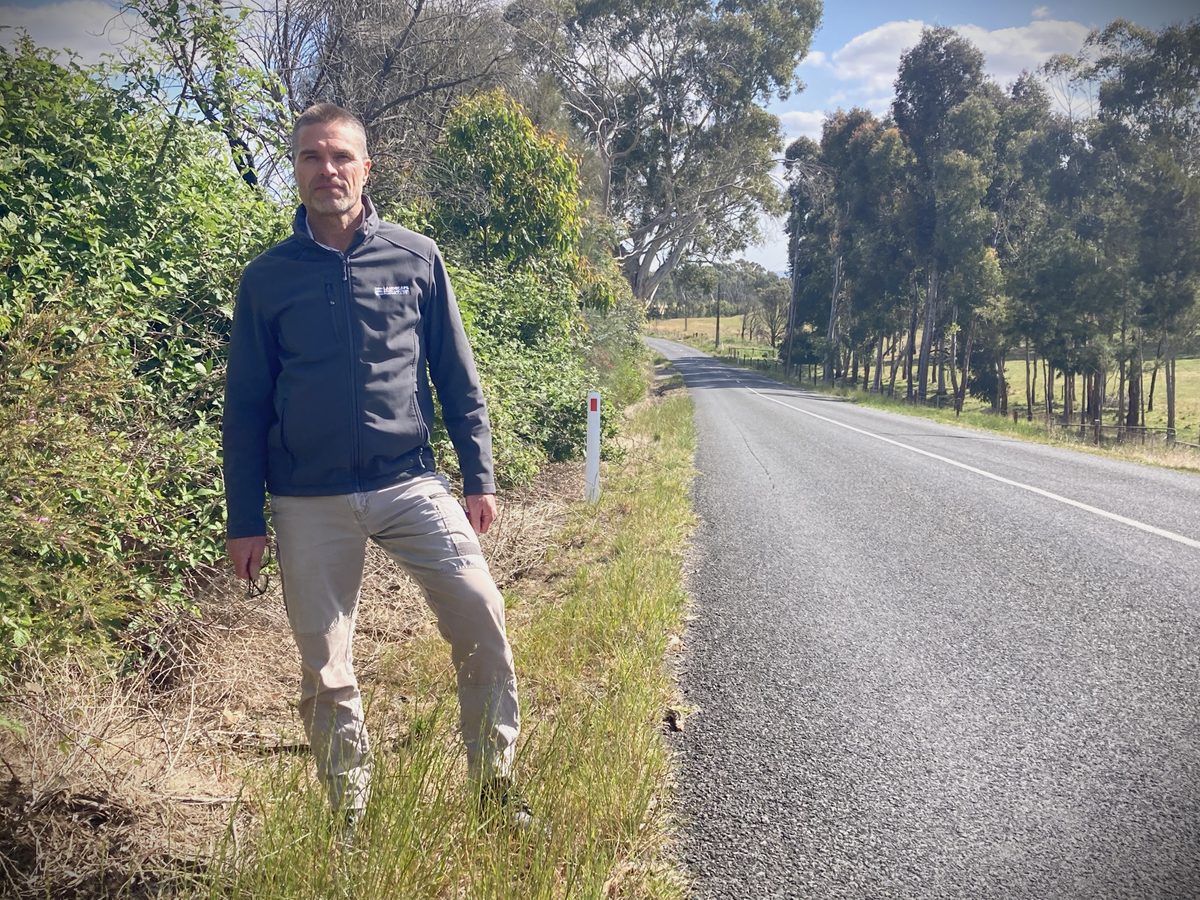Roadside weeds in the firing line
We may not often think about it as we drive along country roads, but the adjoining verges can be incredibly important areas of habitat and biodiversity. Some of these verges even host communities of threatened plants that deserve conservation and protection. Serious weeds on these verges are a threat to biodiversity and adjacent agricultural land, and severe infestations can also contribute to higher bushfire intensity.
To address serious, high-priority roadside weed infestations, Landscapes Hills and Fleurieu is working with the region’s six local councils to co-design management actions to deal with them, while protecting biodiversity, agriculture and biosecurity, and supporting fire preparedness and resilience.
The program has a budget of $330,000, with the majority allocated from the Landscape Levy as well as a contribution from the Department for Infrastructure and Transport to spend on state roads. Councils also have their own dedicated control and slashing programs for managing weed risks.
Susan Ivory, Stewardship Team Leader at Landscapes Hills and Fleurieu, explained the importance of a co-designed approach and how particular weed species are prioritised.
“Some of the priority weeds we are controlling can be locally eradicated if we act now. We are really pleased to be working with biodiversity and fire prevention officers from local councils, and together we are harnessing combined resources, experience and localised knowledge to ensure we are targeting areas and species that pose the biggest threat.
“The program supports many years of previous works to control roadside weeds and aligns with the Hills and Fleurieu Regional Pest Management Strategy which will be available soon.
“We have over 10,000 kilometres of roadside and up to 150 declared weed species in the Hills and Fleurieu region. For this program, priority is given to weed species that are not yet well-established but have a high risk of causing detrimental impact to the area if their range is allowed to increase. We aim to protect agricultural and biodiversity assets as well as undertake control works to reduce fire risk. Many of these weeds are highly flammable, either through accumulation of dry plant material or because they contain high levels of flammable oils.
“For example Coolatai grass and African lovegrass are both densely-tufted perennial grasses found in outlier populations. If they are left unchecked they could soon invade pastures and native bushland. Other woody weeds are more wide-spread and scattered, and create high fuel loads, and they are being targeted in specific areas of concern.
“We are contacting land managers whose properties adjoin the roads we will be working on. This is to let them know of the works being undertaken, but also to alert them of the priority weed species that we are targeting in the area. We will provide identification and control information and ask that they have a look around their property. If they become aware of a priority declared weed on their land, they will have the information needed to take action or can contact us for further advice. One of the first weeds we will be targeting is African lovegrass in parts of the Fleurieu, we hope to control these particular populations before they take hold,” said Ms Ivory.
Find out more about how weeds are controlled on roadsides here.




